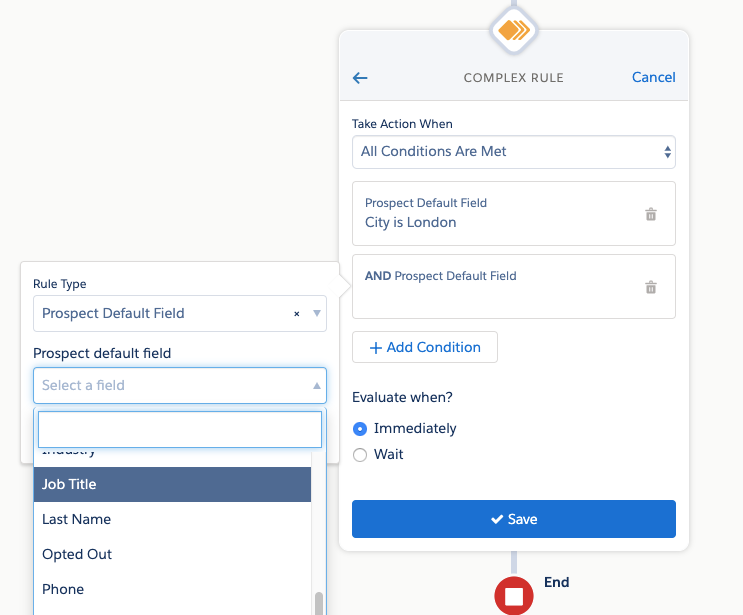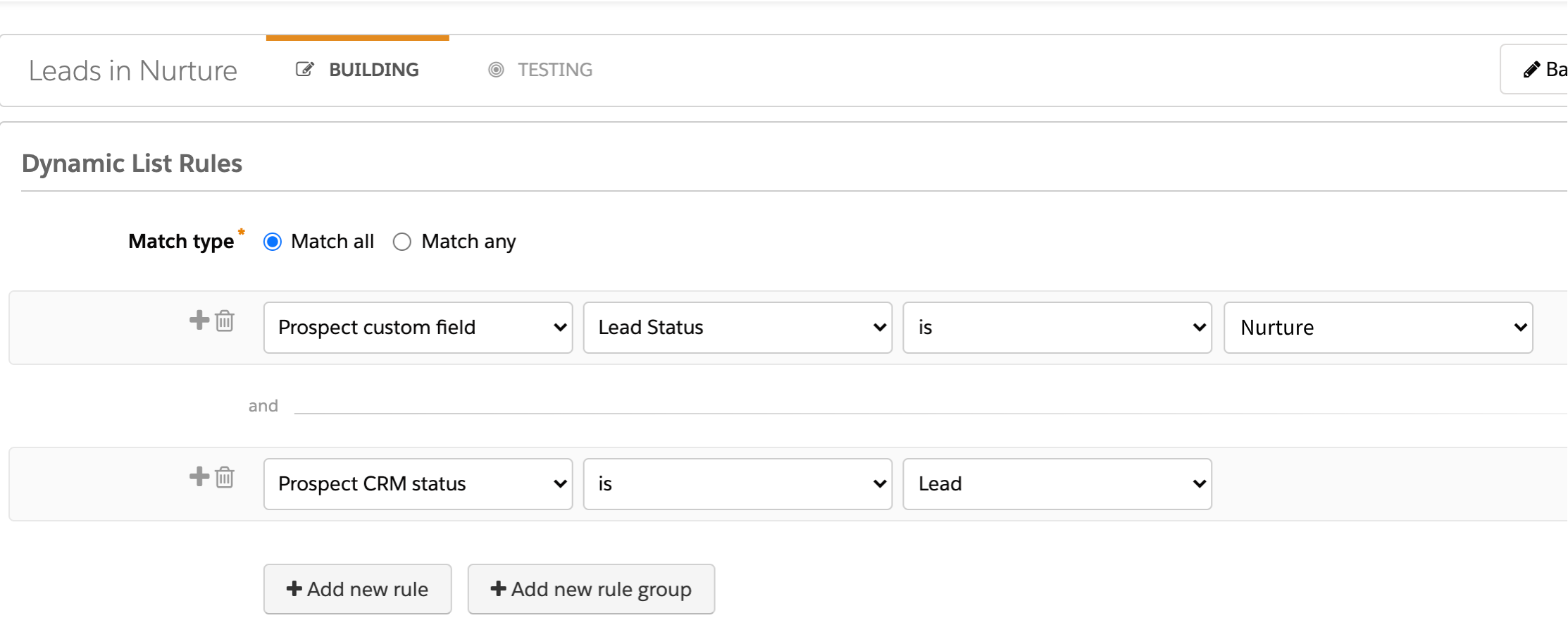Pardot Engagement Studio is designed for running automated email campaigns for a number of use cases. Many marketers wonder how they can build better engagement programs that stick to Pardot Engagement Studio best practices.
When I showed an example Engagement Studio program that supports the sales team working long sales cycles, I added Engagement Studio tips that came up while working with some of my clients in the past few months. The more complex your programs, the more important this best practice advice becomes.
This talk was originally broadcast at the London Marketers (Pardot) Group. You will find the recording below. The first part covers my use case to keep front of mind with prospects who say ‘call me in 6 months’. We switch over to the Engagement Studio tips @ 13:45.
1. A suppression list can also be a target list
When you have a program and you’re thinking about which prospects you don’t want in it, that group of people could actually be the recipient list of another program you have running.
You don’t necessarily have to create a list specifically to be a suppression list – after all a list is a list!
It helps to remember this, otherwise, you could be making the same lists over and over again (maybe just called slightly different names).


2. Should you use dynamic lists as recipient lists?
I’ve had a couple of clients where they’ve set up the programs themselves and wonder why the start of the program has 50 people, but by the end of it, there are only 20.
With a dynamic list, prospects are moving in and out based on criteria defined on that list, which means if the prospect no longer matches the list criteria, they will leave the list, and the program also.
In one instance, the client’s dynamic list criteria were actually changing due to the action steps in the program, and so, it was pulling prospects out before they could finish some of the other steps.
3. Think before adding score increases
You don’t always need to add actions to increase a prospect’s score.
Any examples where you may have seen activities adding to their score in my demo, it was because that content was not a Pardot marketing asset/trackable on the website.
If prospects are submitting forms or if they’re clicking on your website pages (which have page actions associated with that page), all of these activities will already apply points to the total score.
You don’t have to reapply points in Engagement Studio, otherwise, you’re going to begin inflating numbers, which you don’t want to do!
4. Capturing engagement with lists vs. tags
Think about using lists or tags to capture engagement. Setting actions in Engagement Studio to ‘add to list’ or ‘add tags’ is a useful way to see engagement, and when the prospects reach the end of the program, whether you want to take further action by identifying who your most and least engaged prospects were (based on their list membership or tags) and segment them into cold, warm or hot leads.


5. Add comments while editing
If you need to pause and edit your program, go for it – but remember to add comments.
From what I’ve seen, a lot of people don’t realize that you can comment about what you’ve changed before you restart the program.


As a consultant, I find this really helpful because if one of my clients comes to me saying ‘it’s broken!’, I can go look at the program comments to see, ‘okay, well I can see that you’ve done this and this, and that’s why this problem has occurred’. Whereas if they don’t keep track of changes they’ve made, it becomes a guessing game, and sometimes you really have to dig deep to find out why something was working and then it wasn’t working.


6. Use Complex Rules
Take segmentation further by adding more criteria to rule steps. This narrows down Prospects, creating even more targeted sends and actions. Plus, reduce the number of rule steps you need in Engagement programs (previously, you had to add separate rule steps, which made for some crazy-looking Engagement programs!)
Read more: 9 Cool Use Cases for Complex Rule Logic in Engagement Studio
7. Add “pause” steps
It’s a common request to ‘pause’ prospects at a certain stage of your automated flow. Any wait step in Engagement Studio causes Prospects to wait. By reimagining the ‘wait’ functionality, it’s so simple to implement a ‘pause tag’!
Read more: Add Pause Steps in Pardot Engagement Studio
8. Add a prospect to Engagement Studio based on Lead Status
You may have realised that Pardot doesn’t come with the ‘Lead Status’ field out of the box, so you will need to create a custom dropdown field in Pardot and map it to the Salesforce lead field. There are other considerations you should make, such as asking yourself: if a lead status changes to a different value, do you want the lead to stay in the Engagement program, or leave the campaign?
Read more: Add a Prospect to Engagement Studio Based on Lead Status
9. Run A/B tests in Engagement Studio
Pardot Email A/B Testing is one of the most appealing features which marketers tap into for measuring email version performance in terms of opens and clicks. You can A/B Test in Pardot Engagement Studio with a trick; a number field assigns each Prospect a number from 0-9 which is used to route them down different paths, each with different email versions.
Read more: A/B Test Emails in Pardot Engagement Studio




Comments: